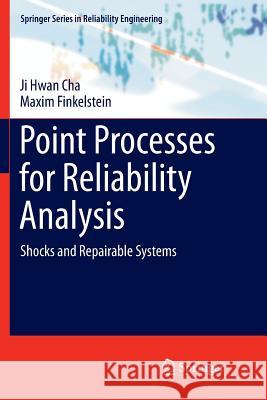Point Processes for Reliability Analysis: Shocks and Repairable Systems » książka
topmenu
Point Processes for Reliability Analysis: Shocks and Repairable Systems
ISBN-13: 9783319892504 / Angielski / Miękka / 2019 / 419 str.
Kategorie:
Kategorie BISAC:
Wydawca:
Springer
Seria wydawnicza:
Język:
Angielski
ISBN-13:
9783319892504
Rok wydania:
2019
Wydanie:
Softcover Repri
Ilość stron:
419
Waga:
0.60 kg
Wymiary:
23.39 x 15.6 x 2.24
Oprawa:
Miękka
Wolumenów:
01
Dodatkowe informacje:
Wydanie ilustrowane











